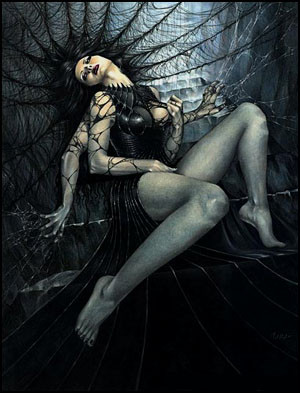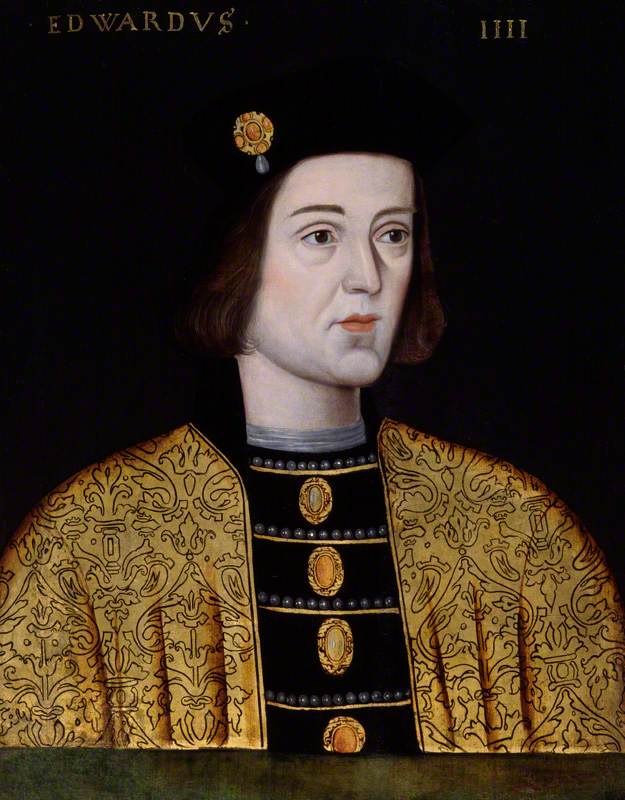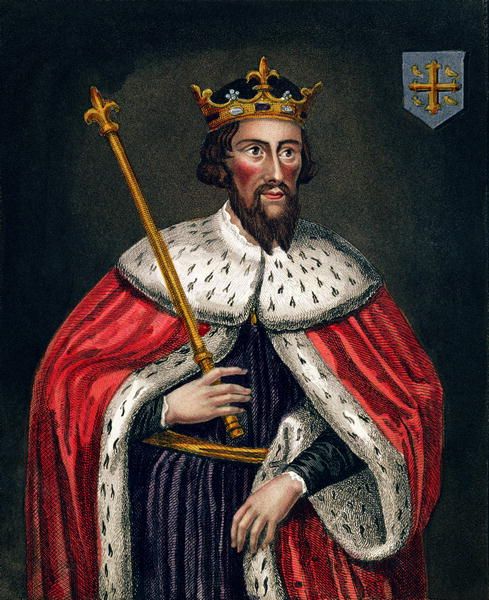In the Roman poet Ovid’s recounting of Greek mythology in his work Metamorphoses, Arachne is the daughter of a cloth dyer, Idmon, from the town of Colophon in Lydia. In chapter 6, Ovid tells the story of the fateful encounter of Arachne with the goddess Pallas Athena
Arachne, explains Ovid, is a young woman who has recently lost her mother. Although she is low-born, she has achieved fame through her abilities at the loom. She is so skillful that nymphs would leave the countryside and naiads their watery homes to come and watch her at her work, which radiates a talent that can only come from Athena, goddess of weaving.
Filled with pride, Arachne decries the connection: even while in the act of weaving — when her every move and choice is being empowered and aided by the goddess — she claims to be the source of her own talent. Blatant in her defiance, she even challenges Athena to a contest of skill.
Suddenly, an old woman appears on the scene. Being old, she tells Arachne, she is wise, and comes bearing good advice. She admonishes Arachne to stop being so presumptuous and beg Athena’s pardon. She assures her that Athena will forgive her transgression, while Arachne’s fame and genius will still be acknowledged.
Arachne answers with an insult. She attacks the old woman for babbling, rejects her advice, and again challenges Athena to a show-down. Upon this, the old woman is revealed to be Athena in disguise, and she now stands forth in her natural shape as a goddess. Everyone is awestruck, save Arachne, who only blushes slightly and renews her insistence on a contest. This time, Athena tacitly agrees.
They each go to a loom and begin to weave, using a panoply of colours including Tyrian purple and threads of gold to create scenes from the history of the gods. Athena chooses to portray the 12 Olympians, with Zeus in the centre, debating how the city that was to become Athens would be named, and the contest between Athena and Poseidon for that honour. Athena shows Poseidon’s gift of horses competing with her own gift of olive trees.
At each corner of her tapestry, Athena places a human who acted contemptuously towards the gods and was punished. In one, she depicts Haemus and Rodope who defied the gods and were transformed into mountains. At another, she shows a pygmy woman who insulted Hera and was turned to a crane. Antigone who vied with Hera for beauty and was changed to a stork is also shown, as is Cinyras, whose daughters were turned to marble.
Arachne, in contrast, chooses stories in which the gods were bested or humiliated by mortals or behaved in a blameworthy fashion. She showed Zeus turned to a bull to woo Europa; as a swan wooing Leda; as a satyr wooing Antiope; impersonating Amphytrion to woo Alcmena; turning to gold to woo Danae; as a flame with Aegina, a shepherd with Mnemosyne, and a snake with Deois. She treated Poseidon, Apollo, Dionysus, and others of the gods similarly.
Athena, glancing over at the tapestry, becomes enraged and strikes Arachne, who responds by hanging herself. Athena prevents her death, but dooms her to both hang and weave forever as a spider.




















